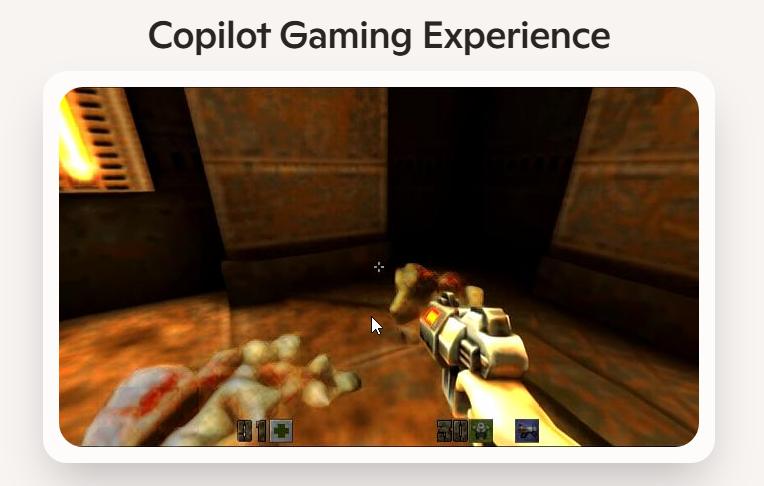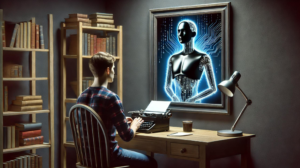Review of ‘Quake II’ (Microsoft AI Co-Pilot Edition): A Contemporary Tragedy

Microsoft’s Co-Pilot and the Quake 2 Reimagining
Microsoft has introduced a novel concept within its Co-Pilot platform by generating an AI "replica" of the iconic video game, Quake 2, originally released in 1997. This platform utilizes AI to create each frame in real time, showing a glimpse into a future where AI may play a significant role in gaming technology.
A Critical Review of Quake 2
The newly generated Co-Pilot AI Quake 2 attempts to offer a fresh take on this classic game but falls short in several aspects. Players quickly find that controlling the game can be frustrating. The reliance on both the WASD keys and arrow keys for movement and camera control feels outdated and cumbersome, especially considering we are already in the year 2025. The lack of mouse support is particularly disappointing for fans expecting modern gameplay experiences.
Gameplay Issues
Players experience erratic and disorienting environments. The levels that the AI generates are often chaotic and without much structure, making it feel as if you are wandering through a labyrinth with no clear objectives or paths. The scenery bears resemblance to an MC Escher painting, leading players through confusing roads with no destination.
Enemy Design: Characters appearing as amorphous blobs can suddenly vanish when players approach—this can be quite disconcerting. The same inconsistency occurs with objects in the environment, further detracting from gameplay.
- Duration and Experience: The game tends to end quite abruptly, often in just a couple of minutes, leaving players feeling underwhelmed. This experience starkly contrasts with the gameplay quality expected from modern video games, making it seem like a relic of an ancient era.
A Closer Look at AI and Future Gaming
Despite the poor reception, Microsoft asserts that this initiative is merely a proof of concept. The argument is that such technology will see significant improvements over time. However, skepticism surrounds this notion, given the current state of AI in the media space. Historical examples show that creating meaningful and engaging content with AI is still a challenge, often resulting in soulless amalgamations rather than authentic creative works.
Questions of Game Preservation
Microsoft claims that this AI Quake 2 serves a purpose in game preservation, although this method seems overly complex and ineffective. Many share a belief that employing AI in this manner does not represent true preservation of classic games. Rather, it raises concerns over the potential loss of the original human touch in game design.
The Role of AI in Game Development
While AI can streamline certain development processes, its role in creating entire games raises important questions. It is essential to have human creativity and input in game design rather than relying solely on AI-generated experiences.
The ongoing integration of AI into various fields, including gaming, is a reality we cannot ignore. This technology is evolving and has the potential to significantly change the industry. However, the fear remains that many of these changes can lead to negative outcomes.
- Future Implications: As AI continues to grow, it’s imperative to establish guidelines and safeguards to protect human creativity. Concerns about the emergence of more advanced technologies, reminiscent of science fiction scenarios, are becoming increasingly relevant.
Try It Out for Yourself
For those intrigued by this AI creation, you can experience it firsthand. Play the game here and assess for yourself if such technology should have a place in today’s gaming landscape.
As the conversation around AI and creativity progresses, it’s crucial to consider the impact on both the gaming community and the broader landscape of creative arts.






